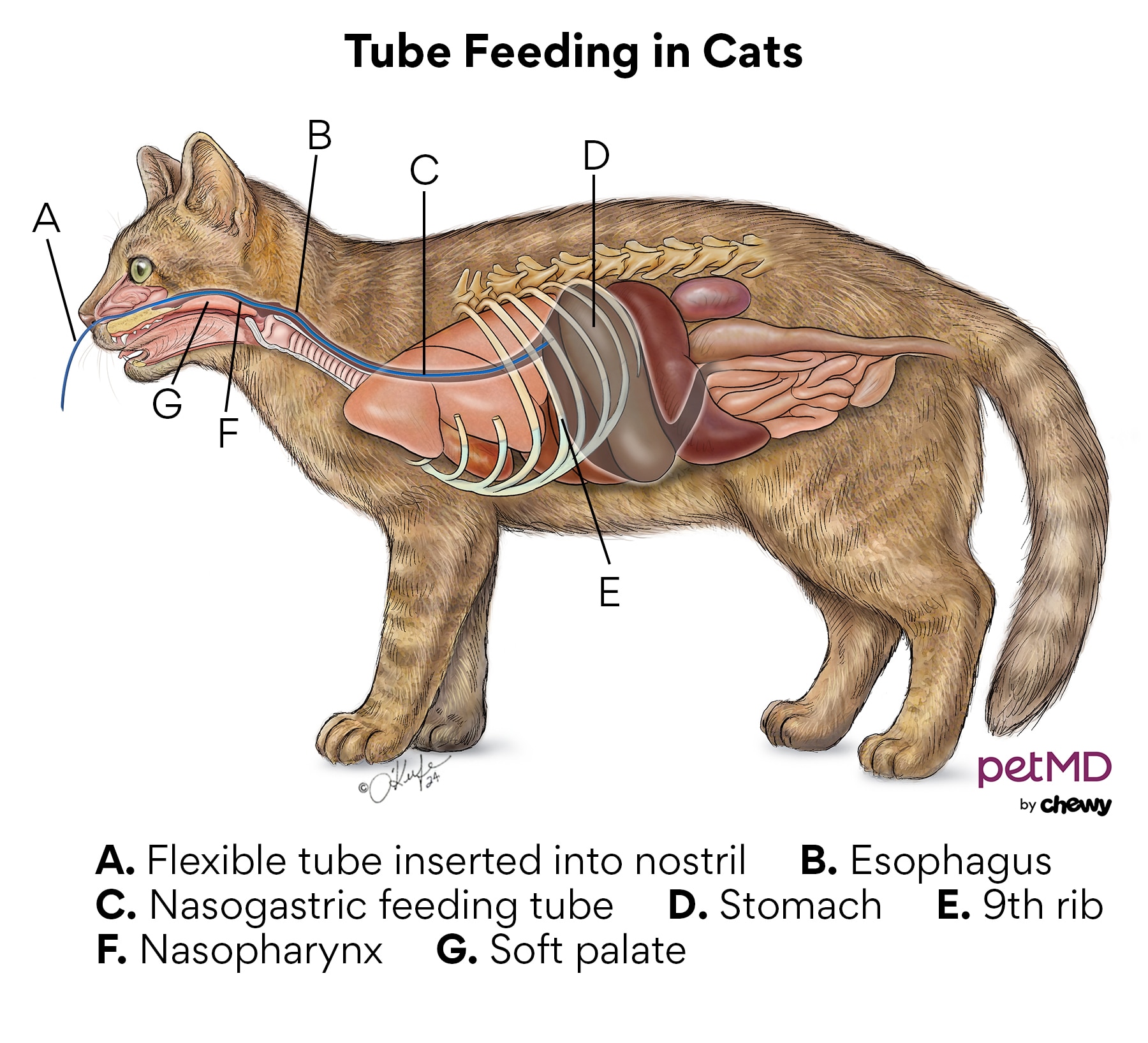High-Rise Syndrome in Cats
iStock/RobertPetrovic
What Is High-Rise Syndrome in Cats?
High-rise syndrome refers to the common set of injuries that cats get from falling from the second story of a building or higher. These injuries include chest trauma, shock, head and facial injuries, and limb fractures.
The term “high-rise syndrome” was coined by veterinarians in New York City in the 1980s. They noticed an interesting phenomenon—that cats seemed to survive very high falls. These vets noted the same triad of injuries in many of these cats. Overall, these patients had a great survival rate, even with some cats falling as much as 32 stories.
Cats have a special ability that allows them to orient themselves when falling so that they land feet-first. They can rotate and twist their bodies midair to right themselves quickly, then arch their back, like a parachutist, to increase their drag and slow their fall. This is called the “righting reflex.”
Cats that fall from greater than seven stories suffer fewer injuries than those that fall shorter distances. Researchers believe this is because the average-sized cat reaches terminal velocity—meaning they stop speeding up—after seven stories (about 70 feet). Cats can relax their body, so they are less tense when they hit the ground, resulting in less injury.
High-rise syndrome is more common in young cats who are less risk-averse, and during warmer weather when apartment windows are more likely to be open.
While 90% of cats will survive falling from a high-rise building, about a third of those cats won’t survive without veterinary help. There are two big takeaways from this research:
-
Even if your cat fell from a very high distance (i.e., 30 stories or more), don’t assume the fall is fatal. There is a good chance your cat can survive with veterinary care.
-
If your cat sustained a fall, take them to the nearest veterinary hospital immediately. There are several common injuries that occur in these cats that need to be addressed.
Symptoms of High-Rise Syndrome in Cats
Symptoms of high-rise syndrome in cats include:
-
Pale gums
-
Blood coming from the mouth
-
Facial trauma
Causes of High-Rise Syndrome in Cats
Cats enjoy sitting on windowsills to watch the birds fly by. This can become dangerous if there is no screen in the window. If the cat is startled or falls asleep, they can fall out.
Young cats and kittens are more likely to be curious, active, and adventurous, leading them to push their boundaries. Additionally, they lack the experience with hazards found in older cats and thus make up a larger percentage of high-rise syndrome victims.
How Veterinarians Diagnose High-Rise Syndrome in Cats
High-rise syndrome is diagnosed based on a history of falling from more than two stories. Following a diagnosis of high-rise syndrome, your vet will want to do several tests to find out which internal and external injuries your cat has.
After doing a thorough physical exam, your veterinarian will want to take X-rays.
They may also recommend more imaging, like an ultrasound, to check for possible abdominal bleeding. Bloodwork will typically be recommended.
Treatment of High-Rise Syndrome in Cats
At first, treatment for high-rise syndrome in cats is focused on shock management and stabilization. After the first 24 hours post-trauma, the treatment focus may shift to fixing orthopedic injuries, such as fractures.
About half of the cats who have high-rise syndrome have respiratory distress, with bruising of the lungs (pulmonary contusions) and a collapsed lung (pneumothorax) being common injuries. These cats may need oxygen support and need to be hospitalized in an intensive care unit (ICU) with an oxygen chamber.
Head and face injuries are also very common, with many affected cats having broken teeth, fractures of the hard palate (the bone right above the roof of their mouth), and facial trauma.
If these injuries are bad enough to prevent a cat from eating, a feeding tube may need to be placed temporarily until they heal.

Orthopedic injuries, like broken legs or luxated (out of the joint) hips, shoulders, or elbows are also common.
Any superficial wounds need to be thoroughly cleaned, then the bone injuries are set and bandaged. Orthopedic surgery may be needed.
Recovery and Management of High-Rise Syndrome in Cats
After being discharged from the hospital, watch your cat’s mental activity, food/water intake, and stool/urine output closely.
Cats breathe out of their nose, so panting is generally considered a sign of respiratory distress. If your cat is panting, take them to be seen by the closest emergency vet immediately. Sometimes pulmonary contusions (bruising on the lungs) can worsen over 48 hours following trauma.
Managing stress during recovery is important. Allow your cat a comfortable, quiet place to rest where they have easy access to all their resources. A soft food diet may be needed if they had any trauma to the face or teeth.
If your cat had any orthopedic injuries, they will likely be put under strict activity restriction orders. This may require setting them up in a small bathroom or large dog crate to prevent excessive use of the affected limbs. Litter boxes with low entry points or a ramp entry may be helpful for them to get in and out of the box.
Prevention of High-Rise Syndrome in Cats
Thankfully, high-rise syndrome can be prevented by not giving your cat access to open windows.
-
Keep window screens tightly in place and replace them if they are getting flimsy or have holes or gaps.
-
If you do not have screens, keep your windows shut.
-
Remove any furniture that would allow a cat access to a higher window.
-
Keep balcony doors shut or install screen doors to your balcony.
-
Consider installing a catio to allow your cat a safe place to bird-watch.
High-Rise Syndrome in Cats FAQs
What bones do cats break with high-rise syndrome?
The back legs are more commonly broken than any other bone in a cat’s body. The tibia (shin bone) is broken most, and the femur (thigh bone) is broken second-most often in cats with high-rise syndrome.
References
Lefman S, Prittie J. High-rise syndrome in cats and dogs. Journal of Veterinary Emergency and Critical Care (San Antonio: 2001). 2022;32(5):571–581.
Whitney W, Mehlhaff C. High-rise syndrome in cats. [published correction appears in Journal of the American Veterinary Medical Association. 1988 Feb 15;192(4):542]. Journal of the American Veterinary Medical Association. 1987;191(11):1399–1403.
Vnuk D, Pirkić B, Maticić D, et al. Feline high-rise syndrome: 119 cases (1998–2001). Journal of Feline Medicine and Surgery. 2004;6(5):305–312.
